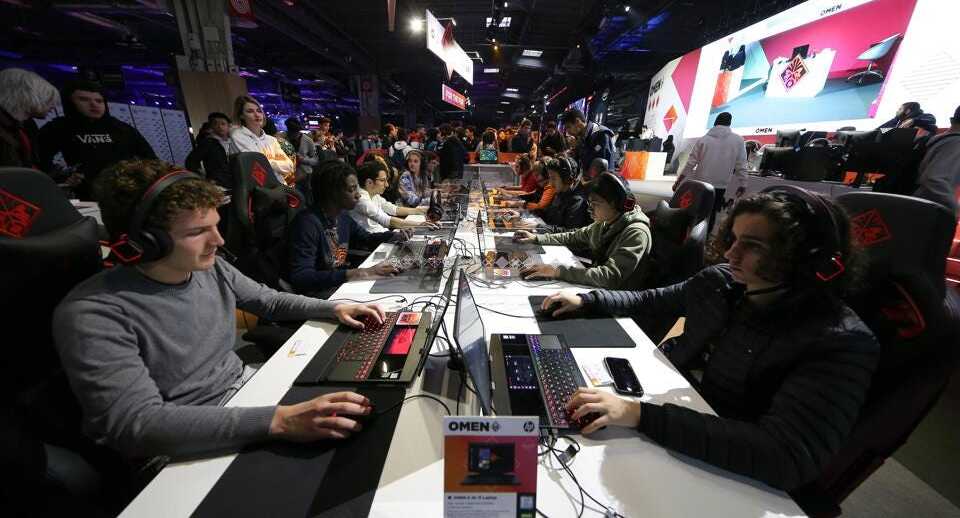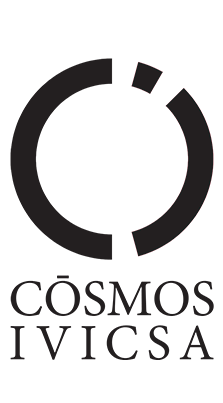We use cookies on our website to give you the most relevant experience by remembering your preferences and repeat visits. By clicking “Accept All”, you consent to the use of ALL the cookies.
Around the world ,
NFT, the metaverse and what to expect from this technology.
Madrid, Spain
NFT, the metaverse and what to expect from this technology.
Madrid, Spain




















